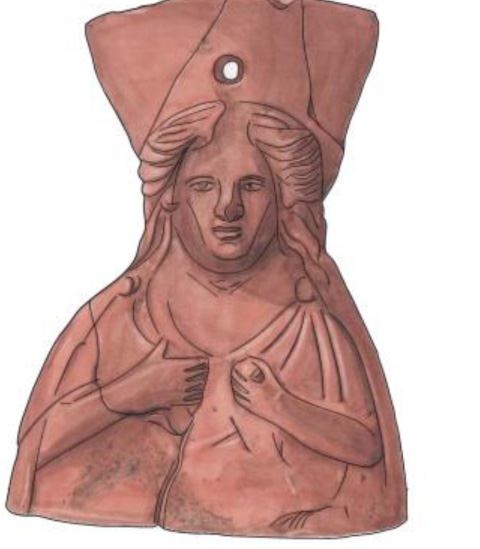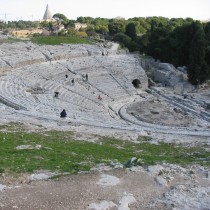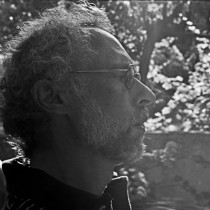Numerous scholars have attempted to study the various facets of cultural development within the Greek αποικίες (colonies) that had been established around the Mediterranean and Black seas. And yet, up until recently the area of the central Eastern Adriatic drew a blank in most of the publications that dealt with Greeks abroad.
Marina Ugarković, Junior Researcher at the Institute of Archaeology, Zagreb, Croatia, will give a lecture titled: “Necropoleis of Issa: Observations on 4th and 4rd Century BCE Burial Practices and Cultural Interaction in Dalmatia (Eastern Adriatic)”, on Friday, November 7, at 7.00 p.m. at the premises of the Norwegian Institute at Athens (Tsami Karatasou 5, 5th floor, Koukaki).
In an attempt to fill in some of these gaps, this lecture will infer on the analysis of material remains from 4th and 3rd c. BCE burial practices at Issa, a Greek settlement on the island of Vis in Central Dalmatia, a small, but regionally prominent Greek polis, established in the Late Classical period. Ancient sources connect this event with the activities of Dionysius the Elder, the ruler of Syracuse in Sicily, and regard Issa as a Syracusean settlement.
Issa was one of the latest (if not the latest) Greek settlements founded in the Western Mediterranean. This polis lived its heyday during the Hellenistic period, and, unfortunately, only rescue archaeological excavations have been made on the Issean necropoleis, Martvilo and Vlaška njiva, located on the SW and NE outskirts of the city wall. These are, indeed, the only discovered burial grounds of Greek settlements in this region.
By examining the available material remains of these burials, the layers of Issean cultural identities, drawn from various cultural interactions, are emerging. In an attempt to establish material connections with Syracuse on one side, and gain more knowledge about the local response to Greek settlement on this island on the other, we are building up insight into the acculturation processes of the inhabitants of the island of Vis, and the cultural meanings of “Issean”.




